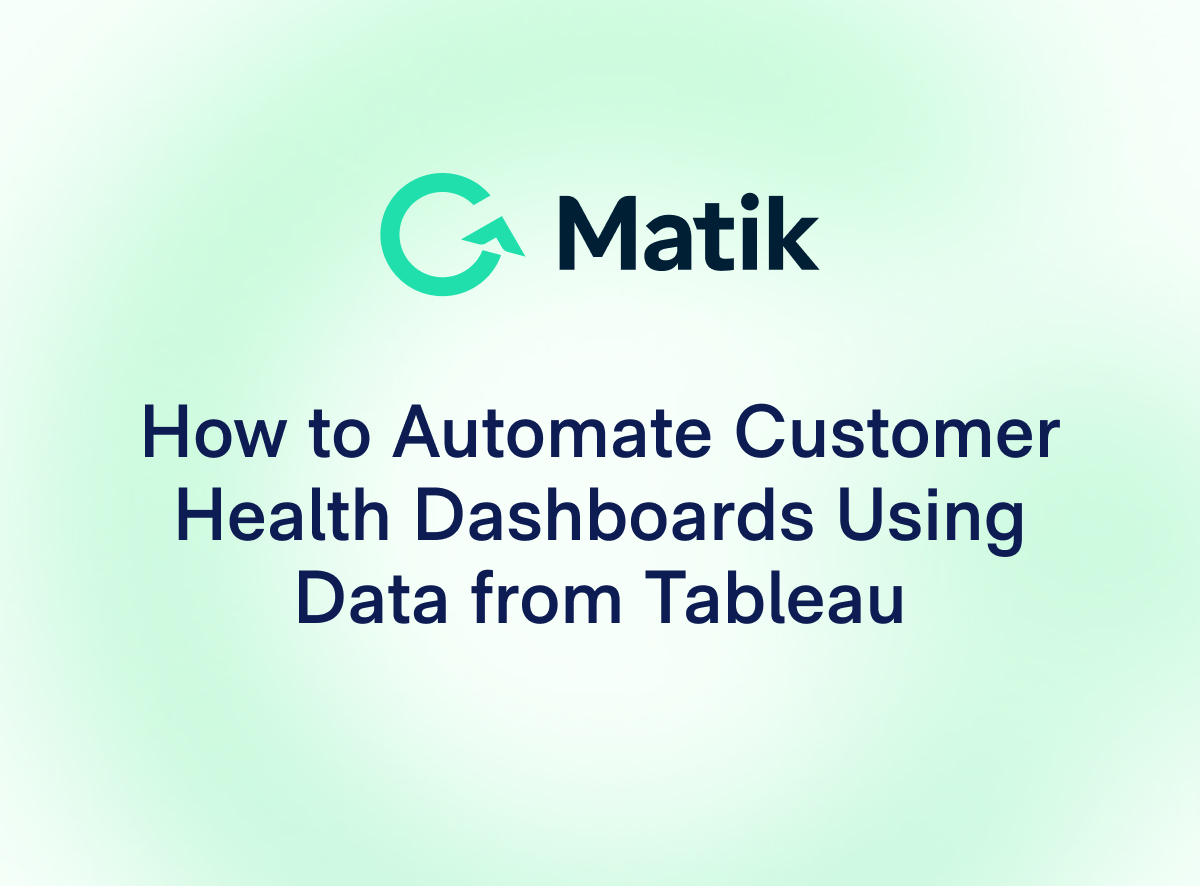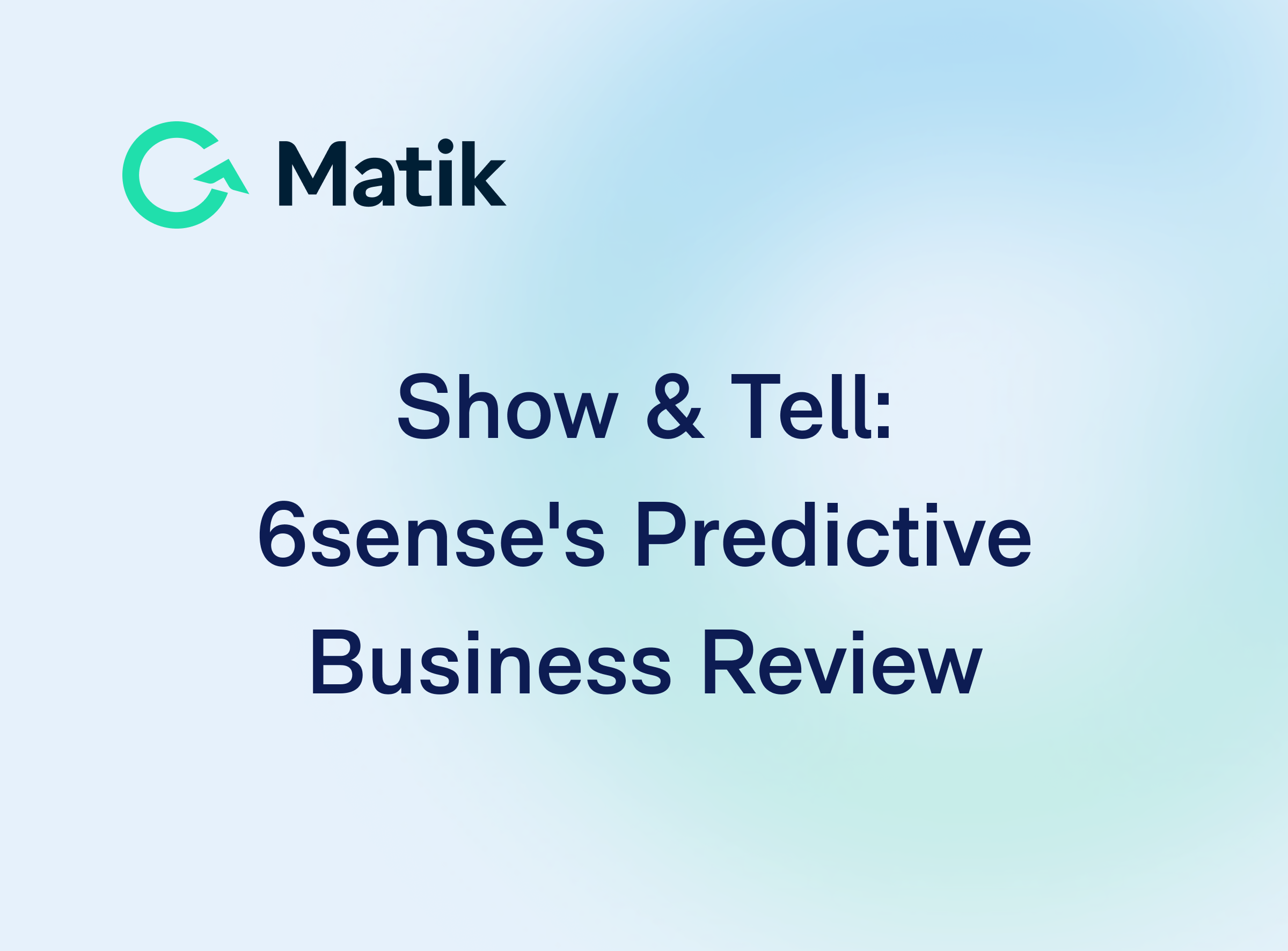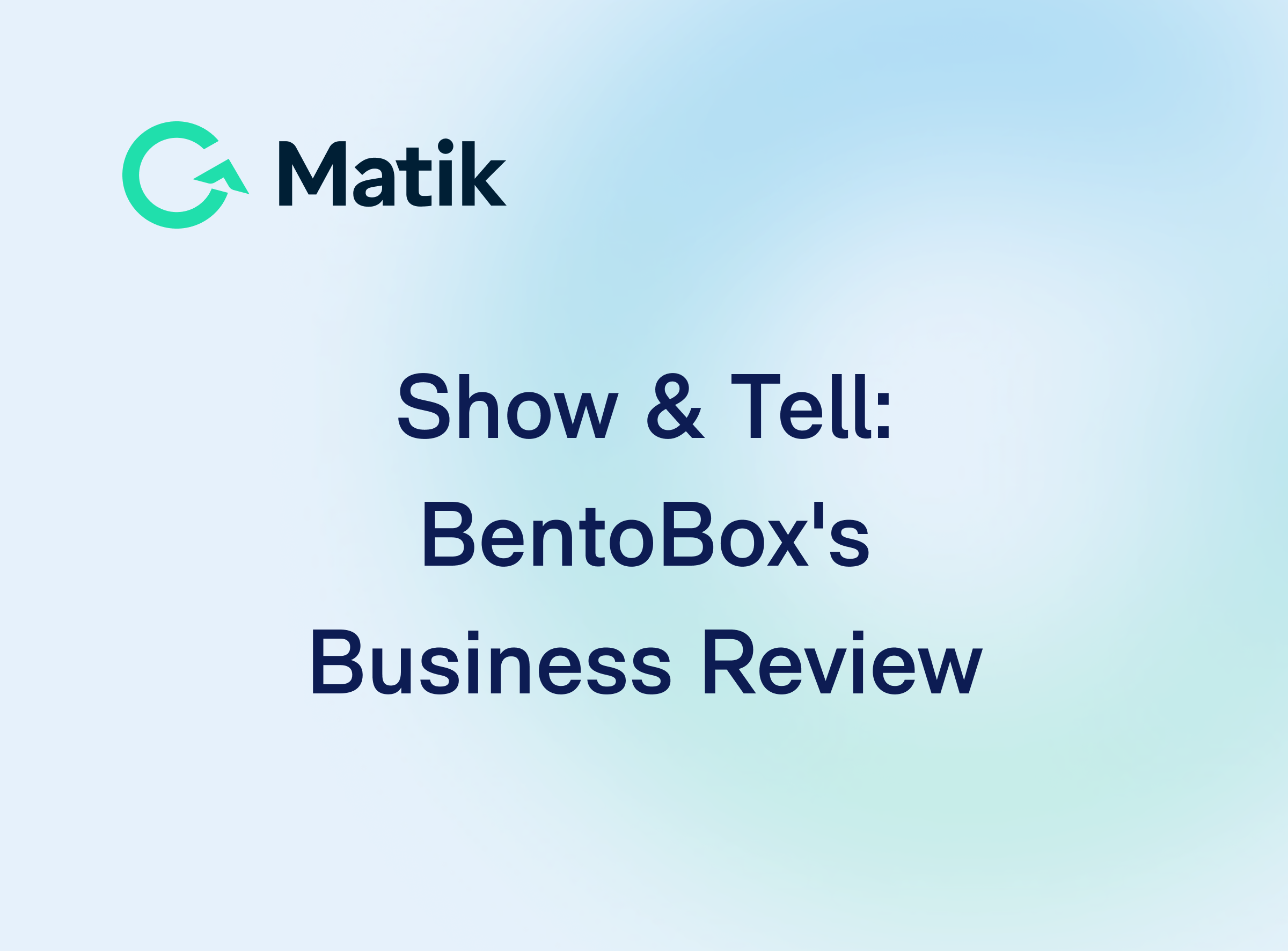Join Our Newsletter
You’ve got the numbers. The dashboards. The quarterly charts. You put together a beautiful report with dozens of slides. But somewhere between slide 4 and slide 18, your customer starts to zone out. Or worse, they start skipping your QBRs altogether.
If that sounds familiar, you might be data dumping.
Data dumping happens when well-intentioned teams overwhelm their customers with too much data, too little context, and no clear takeaway. It’s especially common in QBRs, onboarding reviews, and renewal conversations, where there's pressure to show progress, prove value, and demonstrate readiness.
5 Tell-Tale Signs You're Data Dumping on Your Customers
Here are five signs that you may be falling into the trap and how to fix it.
1. Your Slides Have No Context
Charts and tables are useful. But on their own, they don’t tell a story. If you’re showing a graph without a clear explanation of what it means and why it matters, your customer is left guessing.
What to do instead: Every data point should have a caption or headline that explains what’s happening. Better yet, frame it around your customer’s goals: “Feature adoption is up 32% since onboarding” is more helpful than just a usage chart.
2. You’re Including Data “Just in Case”
It’s tempting to add everything you’ve pulled in from Salesforce, your BI tool, or product analytics. After all, you worked hard to get it. But if the data isn’t directly supporting the conversation you want to have, it’s adding noise.
What to do instead: Focus only on the metrics that support the narrative you want your customer to walk away with. If you still want to keep the extra data around, throw it in an appendix. That’s what it’s there for.
3. Your Charts Are Too Complex
Waterfall charts. Heat maps. Candlesticks. They might look impressive, but if your audience can’t quickly interpret them, they lose their value. Visuals should clarify, not confuse.
What to do instead: Stick to simple visuals, like bar, line, and pie charts. The goal isn’t to impress your customer with your Excel skills. It’s to make insights easy to grasp in a single glance.
4. There Are No Recommendations
If your presentation just shows what happened without offering any guidance on what to do next, you’re acting like a dashboard. And your customers don’t need another dashboard. They need a partner.
What to do instead: Use data as a starting point. Then layer in your expertise. If renewal usage is dropping, say so. But then add a recommendation: “Let’s schedule a training with their newer team members to drive adoption back up.”
5. Your Customers Are Ghosting You
It’s the ultimate sign of data overload. When customers start skipping calls or tuning out during meetings, it’s often because they’re not seeing the value. And usually, that’s because the data isn’t helping them connect the dots or make better decisions.
What to do instead: Ask yourself, “What would make this customer walk away from the meeting feeling clear, confident, and cared for?” Deliver that. Use data to support your point, not to be the point.
Wrapping Up
Data is a powerful tool. It can prove value, surface risk, and drive better outcomes. But only if it's used with intention. When you overwhelm your customer with metrics and charts without making it relevant or actionable, you lose the opportunity to build trust.
Less data, more insight. Less noise, more guidance. That’s how you stop dumping and start delivering.
---
Want to automate data-driven content? Request a demo













